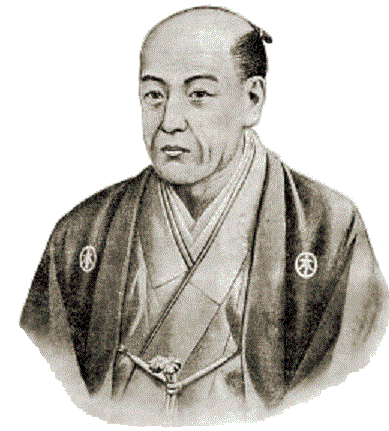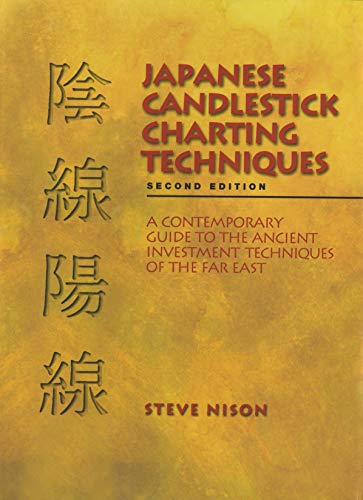The First Technical Analyst
The history of candlestick charting dates back to Ancient Japanese rice trader named Homma Munehisa(1724-1803) who has been estimated to make around 100$ bn (inflation adjusted) with his simple approach of reading prices through candlesticks.
When the coupon system created a secondary market where these coupons started trading a rice merchant from Sakata, Japan emerged significantly. The Japanese art of candlestick trading, also known as the “Sakata Method” .


Homma Munehisa, often referred to as “The Father of The Japanese Candlestick Charting” was born into a wealthy family of rice merchants who had already amassed a fortune before he was born. Osaka was the biggest rice exchange at that time but it was too far for Homma to travel on his own.
Homma’s father died when he was still a young man, and he inherited the family business. He quickly realized that traditional methods of trading were not effective and set out to develop his own method of trading. He spent many years studying the markets and observing the emotions and behaviors of market participants.
He noticed that the market’s sentiment, or overall feeling, was closely related to the price movement of an asset. This is when the first modern Technical Analysis took birth.
So, he started to make the trade with the merchants in the Sakata Port.
But the Sakata exchange was very different than the Osaka exchange. In Osaka exchange, the rice who hadn’t been cultivated were also used to trade through the coupon system but in Sakata, you could only trade rice on the spot.
Like all other traders of his time, Homma was also interested to trade with coupons as he didn’t need to keep the rice at the time of expiry of the coupon. All he needed to do is to speculate at what price the coupon ends.
He started recording price movements (high, low, open, close) in the rice market on paper made out of rice plants. What came out of that study is what we call today as Japanese Candlesticks.
Homma’s method of trading was based on the principle of “buy low and sell high.” He would buy rice when the market sentiment was bearish, or negative, and sell when the sentiment was bullish, or positive. This method proved to be highly effective, and Homma became incredibly successful as a trader. He amassed a great fortune and escalated to serve as financial advisor to the Japanese government at the time and was later declared an honorary Samurai for this skill alone.
“After 60 years of working day and night, I have gradually acquired a deep understanding of the movements of the rice market… When all are bearish, there is cause for prices to rise. when everyone is bullish there is cause for the price to fall.”
– San-en Kinsen Hiroku, Homma Munehisa, 1755
San-en Kinsen Hiroku is the first recorded book on market psychology and shows a proper contrarian way to see the market. He also mentioned that although supply and demand of rice create the price, the markets were also strongly influenced by the emotions of the trades.
He used to use weather and market volume as well as price while taking positions. Also, he referred to the rotation of “Yang” (a bullish market), and “Yin” (a bearish market)

- “What” (Price Action) is more important than “Why” (Earnings, News, ..etc.)
- Price immediately discounts all available information.
- The market is made of people and their greed and fear.
- Actual prices may not be equal with the underlying value. There is a difference between the value and price of rice.
- Price has a degree of randomness due to the randomness of participants.
Steve Nison authored a book named Japanese Candlestick Charting Techniques and popularized Candlestick Charting in Western Hemisphere.
This price prediction model using just prices, volume and market sentiment is working literally over 350 years now.

